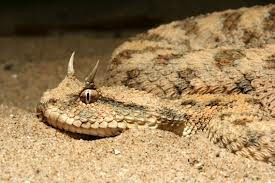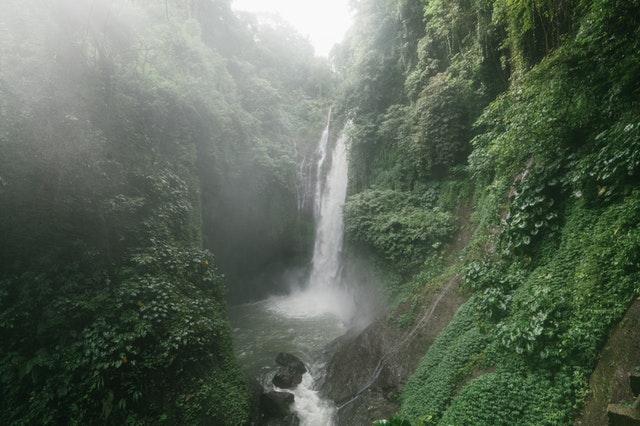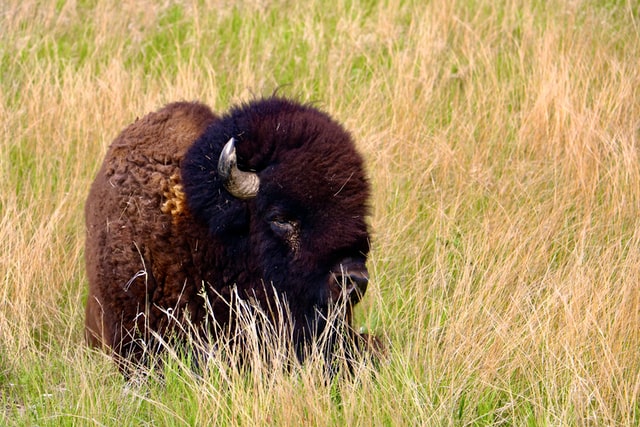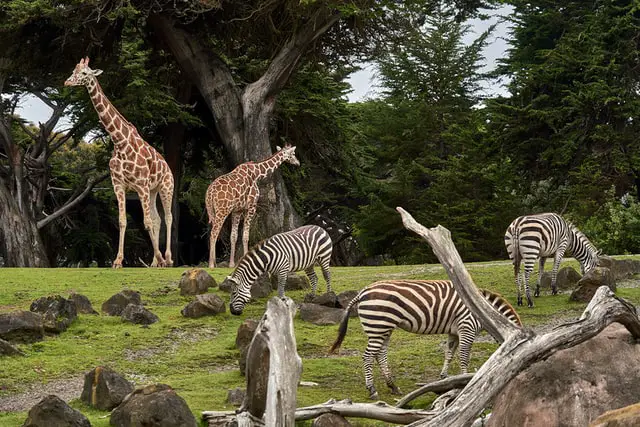Many different types of deserts exist in different parts of the world. Some are mountainous and rocky while others are pebbly or full of sand dunes. Some become baking hot under the sun whereas others are bitterly cold but there is one thing common about all of them and that is the hostile conditions which prevail making the survival of flora and fauna a complete admirable task. Have you ever wondered What Animals Live in the Desert. So here is the answer to your question.
What Animals live in the Desert?
What all can face such temperatures?
To adapt according to deserts is no less than an art and there are few experts in the animal kingdom who perform it every day.
If we start naming casually the list would conclude mammals, reptiles, birds and few amphibians.
Few of the varieties of animals that dwell in the desert are armadillos, coyotes, jack-rabbits, and cougars. Other critters include snakes, scorpions, and spiders.
Mammals that Live in the Desert
Coming on mammals, the mammals of desert show appreciable ability to withstand the conditions that would be dangerously hot and dry for other mammals across the world.
Some such camels can tolerate a steep rise in their body temperature and long dehydration. Others have their own means of securing shade, obtaining moisture, finding food and avoiding danger in wide open terrain.
Few examples of such brave mammals are Bactrian Camel, Fennec fox, Dwarf Hamster, Red Kangaroo and to cut short the list the last but not the least is Kalhari Ground Squirrel.
 Birds that live the in desert
Birds that live the in desert
Though some desert dwelling finches and doves forage for seeds, the most well-known birds of arid lands are predators.
They probe vegetation and scour the ground for prey, obtaining all moisture they need from the bodies of their victims.
To name a few I would like to mention Gila Woodpecker, Roadrunner, and Lanner falcon.
Amphibians and Reptiles that live in the Desert
Both snake and lizards are tolerant of dry climates, and these reptiles are among the commonest of desert animals.
Amphibians are much more in danger of drying out, but a few species do appear on the desert surface especially after rare bouts of rain.
Among them Sand Viper, Water-Holding frog, Sandfish and Fringe-toed lizard are counted often.
Invertebrates that live in the Desert
Few insects and other invertebrates can withstand the full force of the desert sun.
This can have those waxy covering, or tough cuticle that prevents them from drying out.
Others invertebrates take shelter during daytime.
For examples we can mention Yucca moth, Desert cricket, Domino beetle and scorpion.
Adaptations of Desert Animals – What Animals Live in the Desert
Deserts are indeed the most inhospitable of all places to live. In spite of this, many remarkable animals survive and even thrive in these hostile environments.
Desert presents in whichever variety but surely is devoid of ample water for normal growth and sustenance of animals and plants. Let’s see how animal inhabitants of these places cope with shortage of water.
They burrow through moist soil in order to absorb water through the skin which is thick and tough to avoid any moisture loss.
They tend to obtain their moisture needs from solid eatables or the food they eat as there is an acute cute shortage of drinking water.
When it comes to prevent moisture loss these are quite economizing and so they excrete their metabolic waste in most concentrated forms like uric acid conserving the precious body water.
By now, we know that nature has provided them with numerous adaptations to combat the harsh environment. And in these series of accommodation is to dissipate heat by lighter colouration which reflects heat.
Apart from this long appendages and huge ears that perform the activities of a car radiator.
Some animals are gifted with special eyelids to see through the sandstorm and the high temperature.
Popular Animals that live in the Desert
Gila monster: Venomous Gila Monster is the largest venomous snake in the snake list of Unites States.
Unfortunately it is threatened in its very own natural environment.
They spend an enormous part of their life hiding under the ground.
Due to their low metabolic resting rate, huge size which enables them to store more energy and their ability in having bulk meals at a time helps them survive in the hostile conditions of the desert.
Bacterian camel: This is a large, even-toed ungulate native to the steppes of Central Asia. Among the two species of camel, it is by far rarer in nature.
They are typically herbivorous and is a shrub or grass eater. Obviously they would have to feed on dry, thorny, salty, or bitter plants whereas they can drink brackish (somewhat salty) water with no negative effects.
Sand viper: A poisonous viper species found in the southern Europe through to the Balkans and in the parts of the Middle East.
Known as one of the most dangerous snakes of among European Vipers due to their large size, long fangs, and high venom toxicity.
It is nocturnal and often tends to hide in sand being an ambitious predator .Its dietary plan revolves around rodents, birds, and lizards.
Sand Fish: Let’s not go after its name which is misguiding in its nature. Sand fish is not even some distant relative of the fishes known to us. This is a species of skink.
Scincus scincus is its commons name and it’s a reptilian. Its unique name is given because of its incredible ability to move through the sand swiftly which makes it appear of swimming.
It is insectivorous and can predict the location of its prey through the vibrations produced at the time of their movement.
Yucca moth: These creatures are fascinatingly interesting especially for the evolutionary researchers.
Its scientific name is ‘Prodoxidae”. These are generally small in size and nondescript in nature.
They participate to be a part of a moderate pest list.
Scorpion: This venomous stinger can generously be a reason a terror for any human in stretches of deserts.
It is mainly an insect eater. These highly capable hunters who can cause the death of its prey even in a moments notice can survive and flourish its existence in the deserts which are highly unsympathetic for its inhabitants just because of its tough and protective covering.
Now you know What Animals Live in the Desert? How about sharing these desert animals with your friends and family.






This site is a very good source of info, but way to many ads.